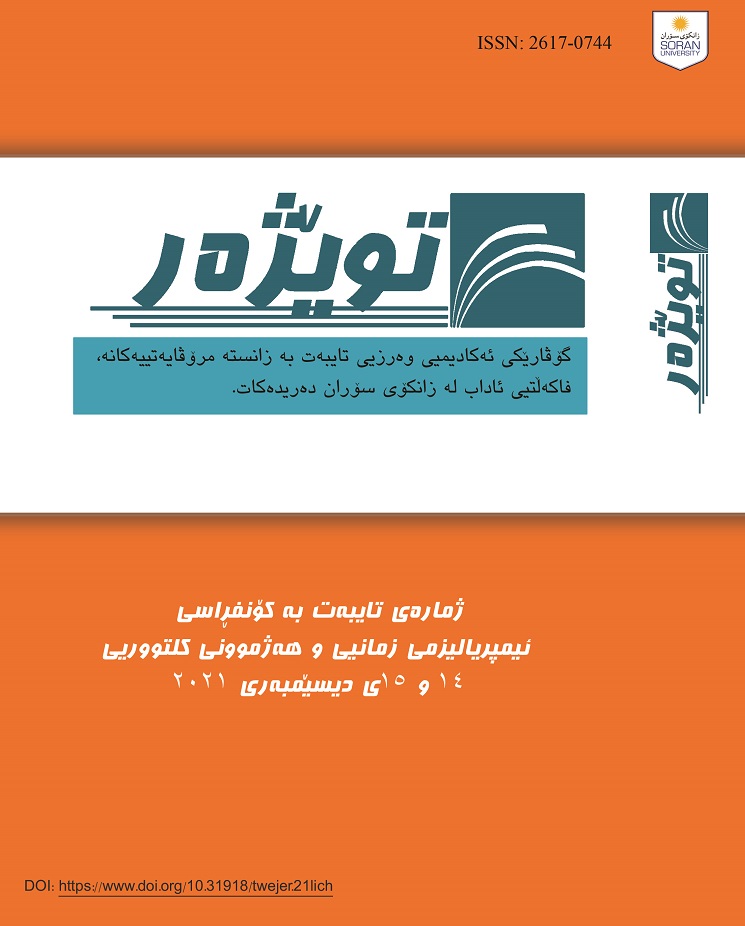language universality in the civilization of the ancient Near East
DOI:
https://doi.org/10.31918/snnmrg68Keywords:
Akkadian language, universal language, Semitic languages, ancient East, Mesopotamia.Abstract
The Sumerian civilization flourished in southern Mesopotamia, and one of their most important cultural products was the inventions of cuneiform script at the end of the fourth millennium BC. However, the influence of the Akkadians began to increase, and they managed to control Sumer, especially by their first Sargon (2371-2350 BC) the founder of the Akkadian dynasty. The Akkadian language found its way to control as well, so it became the official language in political relations and administrative affairs. The situation continued in this way for about a century until the Sumerians returned to the forefront of power around (2130 BC.), the Sumerian language revived again and regained its position alongside the Akkadian language. With the control of the Amorites whom were also Semitic-speaking people in Mesopotamia, the Akkadian language (with its various dialects) regained its hegemony and established itself as the language of political relations and diplomatic correspondence in the ancient Near East. This research studies with description and analysis of the conditions that created this language to occupy a leading position in the ancient Near East, and the most important factors that contributed to its spread and the extension of its glory. This research also monitors aspects of the linguistic conflict that may have raged between the Akkadian and its contemporary languages.
Downloads
Downloads
Published
Issue
Section
License

This work is licensed under a Creative Commons Attribution-NonCommercial-ShareAlike 4.0 International License.






